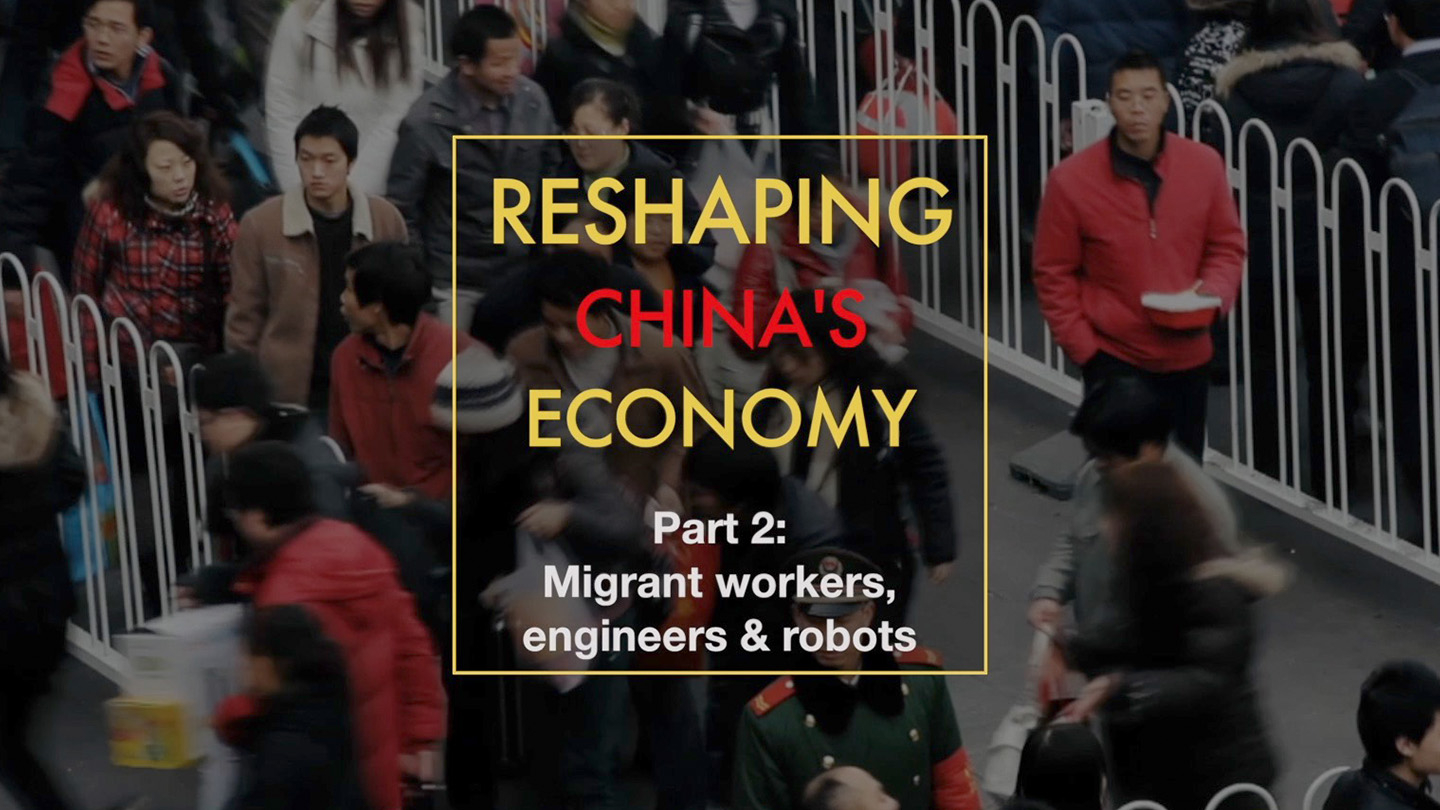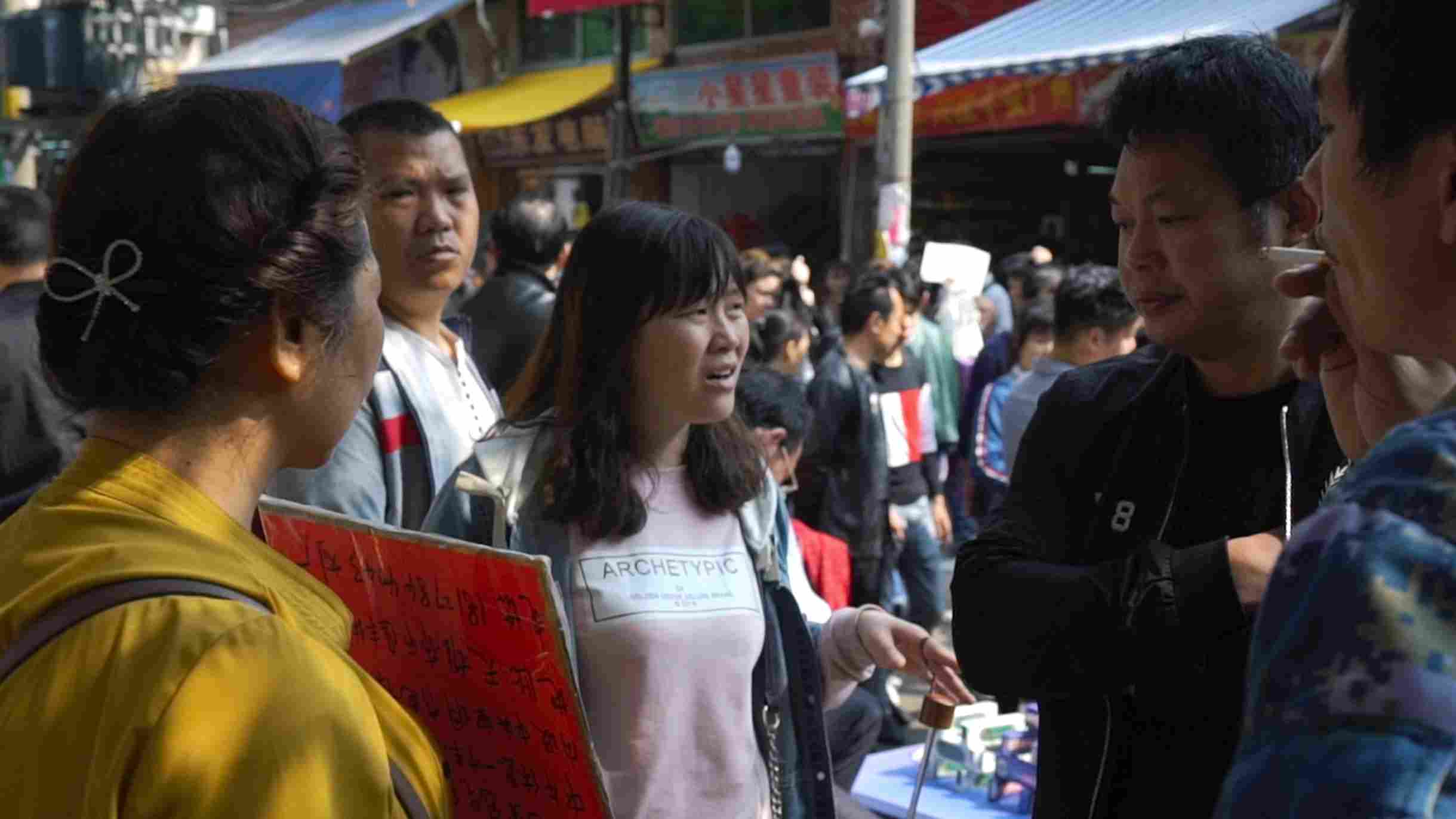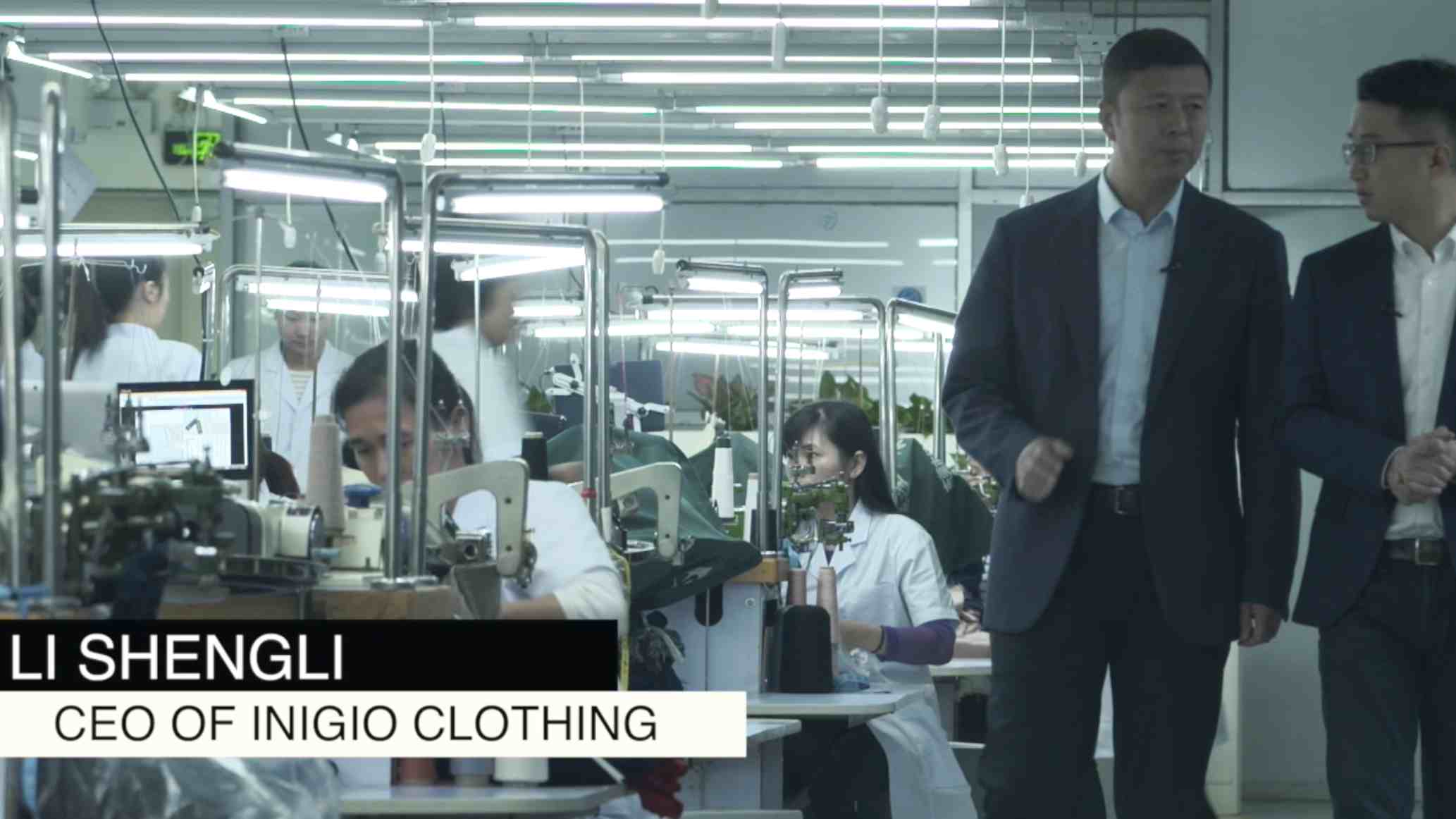
Money Stories
11:13, 26-Mar-2019
Reporter's Diary: Migrant workers, engineers and robots
Updated
14:24, 26-Mar-2019
Ge Yunfei
06:39

Reporter's note:
Though China's slowdown is part of a natural cycle, that doesn't mean it's completely risk-free. Without the hard-working migrant workers in the manufacturing and construction sectors, the phenomenal success of China wouldn't have been possible.
However, now as they become increasingly expensive, how can China handle the rising labor costs?
In the second episode of the special CGTN series of "Reshaping China's Economy", CGTN reporter Ge Yunfei went to the country's southern Guangdong Province to find the answers.
China's migrant workers are perhaps the most resilient and hard-working people in the world, who helped create China's economic miracle over the past four decades.
A total of 286 million peasant workers left their farmlands to work in factories and on construction sites, in what is the biggest human migration in history. They are driving the most massive urbanization process the world has ever seen. In 1978, there were only 193 cities in China, yet the figure has surged to 661 in a mere 40 years.
However, now the cheap labor force is aging and getting more expensive, with the average wage increasing more than 50 percent during the 2012-2017 period, from 2,290 yuan to 3,485 yuan. The change has been felt strongly in the south, which has the most significant number of migrant workers in China.
I came to Datang village, an urbanized area hidden in downtown Guangzhou, the capital city of Guangdong Province. Hundreds of garment factories and workshops in the alleys make the village a garment-making center of the region.
Early every morning, hundreds of factory representatives gather along a small road in the village, trying to find new workers with colorful posters in their hands. Some even offer a salary of 10,000 yuan per month, three times the average wage of normal migrant workers.

Factory representatives recruit workers in Datang Village. /CGTN Photo
Factory representatives recruit workers in Datang Village. /CGTN Photo
But the workers in the village said even 10,000 yuan is not enough for them to support their families given surging rent and living costs, and putting that much money into their pockets means working 15-16 hours every day from 8 a.m. to midnight. "The workload is too much."
Doing business is hard. On the bulletin boards, I saw at least half of the posters are businessmen trying to sell their factories and workshops. Facing rising labor costs, the factory owners only have three options: die, change or leave.
Some choose to embrace the change with robots and innovation. Li Shengli is one of them. He is now running a cashmere clothing factory in Dongguan, a city famous for making smartphones and garments in the world.
Li told me that in three years, automated machines that can weave clothes "will fill this room," which will reduce his current staff of over 200 people to 60.

Li Shengli, a factory owner in Dongguan, is planning to replace most of his workers with robots. /CGTN Photo
Li Shengli, a factory owner in Dongguan, is planning to replace most of his workers with robots. /CGTN Photo
With the rising labor costs, more and more Chinese manufacturers are using robots to replace humans. In 2017, the sale of industrial robots in the world's second largest economy had a sharp year-on-year increase of 58.1 percent. That makes China the biggest market globally for industrial robots, and 27 percent of them are produced domestically.
For Li, the transformation from humans to robots has really worked wonders, turning his revenue from 10 million yuan to over 100 million yuan in a decade. "Now we have over 100 chain stores across China because of the breakthrough we've made in smart manufacturing," he added.
Some stay, some go
With the uncertainties of trade frictions between China and the U.S. looming, many manufacturers are leaving China for other lower-cost countries to find cheaper labor.
Harley Seyedin, president of the American Chamber of Commerce in South China, told CGTN that it's a natural process for labor-intensive industries to move to other markets with lower cost, which also happened to China's Hong Kong Special Administrative Region and South Korea as they transitioned from an export-oriented manufacturing to a consumer-based economy.
"We expect some industries' moving out, but we also expect many new industries moving into China to take advantage of its growth in this market," Seyedin said.
One of the new industries is on the outskirts of Guangzhou. Foxconn, the iPhone assembler, is reshaping itself as a technology giant instead of just assembling smartphones.

Foxconn's Guangzhou manufacturing base for big-screen flat panel displays. /CGTN Photo
Foxconn's Guangzhou manufacturing base for big-screen flat panel displays. /CGTN Photo
Amid the reports that the company might be moving its iPhone manufacturing out of China, Foxconn is building its future here with a 9.1-billion-U.S.-dollar display production center, the company's biggest-ever investment on the Chinese mainland. 15,000 engineers will be working here to make displays with 8k resolutions, and some 50,000 postgraduates will be recruited.
Professor Yan Se from Peking University claimed that China's skilled labor cost is one of the lowest around the world because Chinese engineers are highly productive, extremely hard-working and relatively less expensive. "This is what we call China is switching from the demographic dividend of quantity to quality."
For China, a golden era of relying on cheap labor to boost growth is over, but it has the world's largest pool of skilled labor force. More than eight million college graduates come out of universities every year. They are the biggest asset for China to win the high-tech future.
Before achieving that goal, it has an urgent problem to solve: Debt. In the next episode, I will go to the third tallest skyscraper in the world to see how the surging debt has been mounting.

SITEMAP
Copyright © 2018 CGTN. Beijing ICP prepared NO.16065310-3
Copyright © 2018 CGTN. Beijing ICP prepared NO.16065310-3